7Hz Elua – A Refined Take on Dual-DD Fun
* Refined tuning – More balanced mids and smoother treble compared to the OG.
* Fun yet controlled bass – Still delivers rumble and slam but with cleaner presentation.
* Natural midrange – Vocals and instruments have good presence, warmth, and clarity.
* Relaxed treble with air – Smooth and easy to listen to, yet not dull.
* Versatile – Works just as well for music as it does for gaming and movies.
*Comfortable fit – Lightweight and easy for long sessions.
*Solid imaging – Dialogue, instruments, and positional cues come through clearly.
Cons:
* Not a big upgrade in build or accessories – Basically the same as the OG.
* Still a touch of midbass bleed – Adds warmth, but not for those who want absolute cleanliness.
* Soundstage depth is limited – Wide enough, but not holographic.
* Sidegrade vibes if you own the OG – More refinement than revolution.
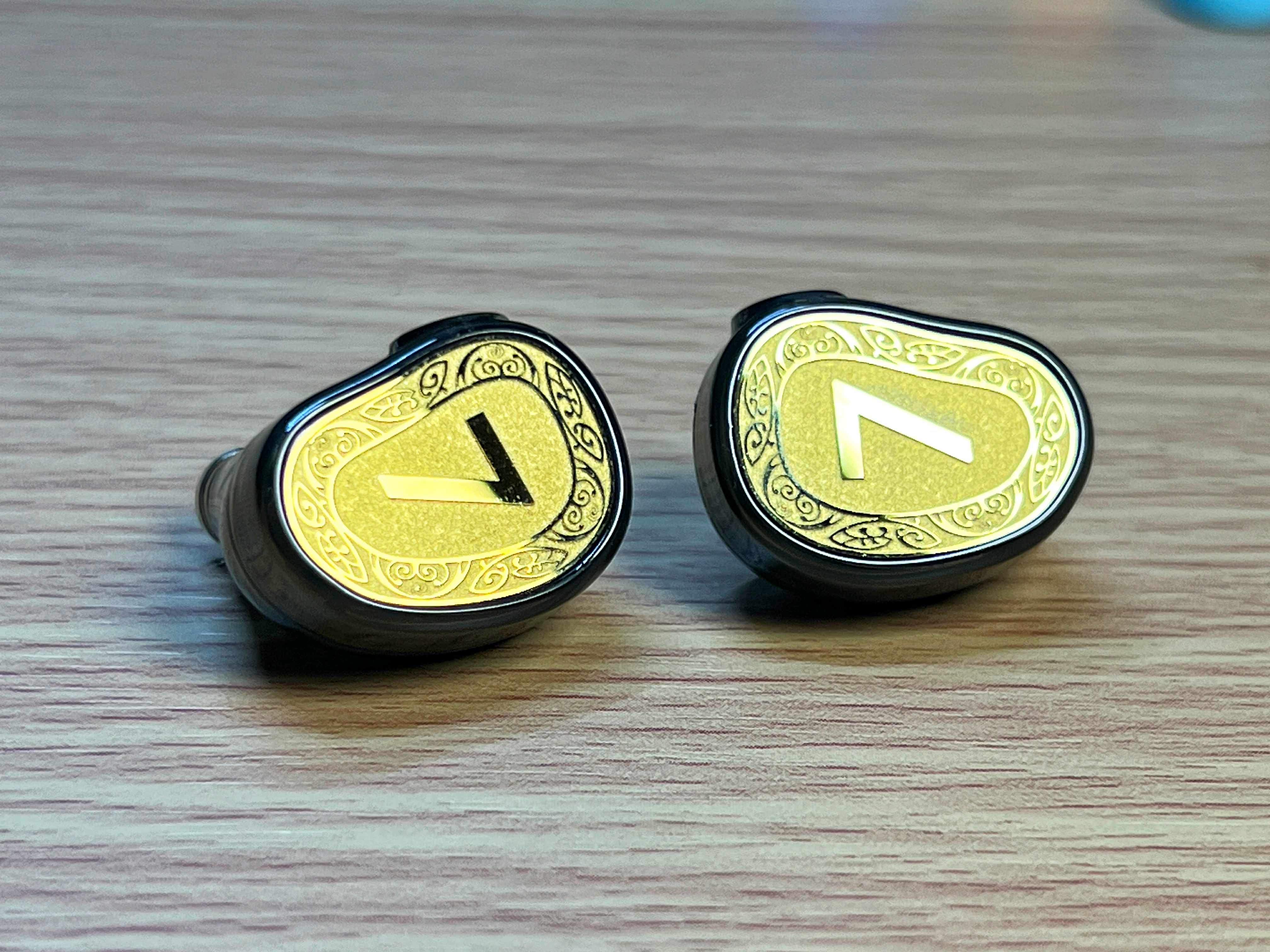
The word Elua means “two” in Hawaiian, and that couldn’t be more fitting here because this set packs a dual dynamic driver setup—a 10mm and an 8mm Liquid Crystal Polymer (LCP) driver working together. The 7Hz Elua Ultra is essentially an evolution of the HBB x Elua, carrying over the same core DNA but with some noticeable refinements to the tuning.
I’ve had the OG Elua since last year, and to be honest, it still hasn’t left my daily rotation. In fact, it’s been permanently parked on my Meta Quest 2 VR Googles because the tuning just works brilliantly for gaming and movies. Explosions hit hard, dialogue is clear, and it nails that immersive balance that makes virtual worlds feel more alive. That’s why I was curious about the Ultra was it going to be a meaningful upgrade, or just a slightly tweaked sidegrade?
After spending some time with it, I can say the Ultra takes what the OG did best its fun, energetic character and shifts the focus a little. It’s still got the punch and excitement for gaming and multimedia, but the tuning now leans more toward music listening first, with a smoother balance and a bit more refinement across the board. Think of it as the OG’s more polished sibling: less raw power, more finesse, but still carrying that same playful, enjoyable vibe that made the original such a fun set.
Whats in the box? checkout my short unboxing video of the 7hz Elua Ultra.
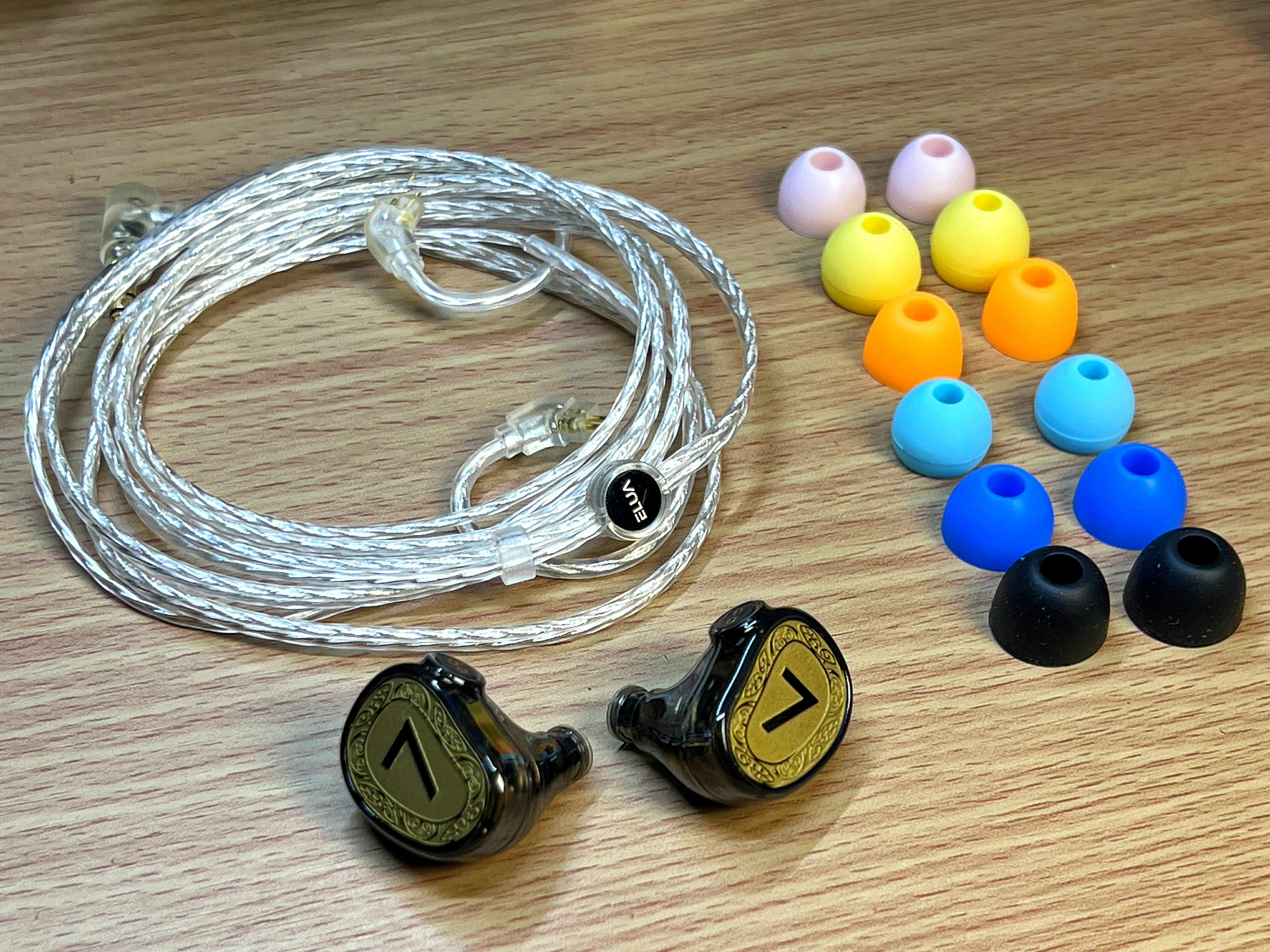
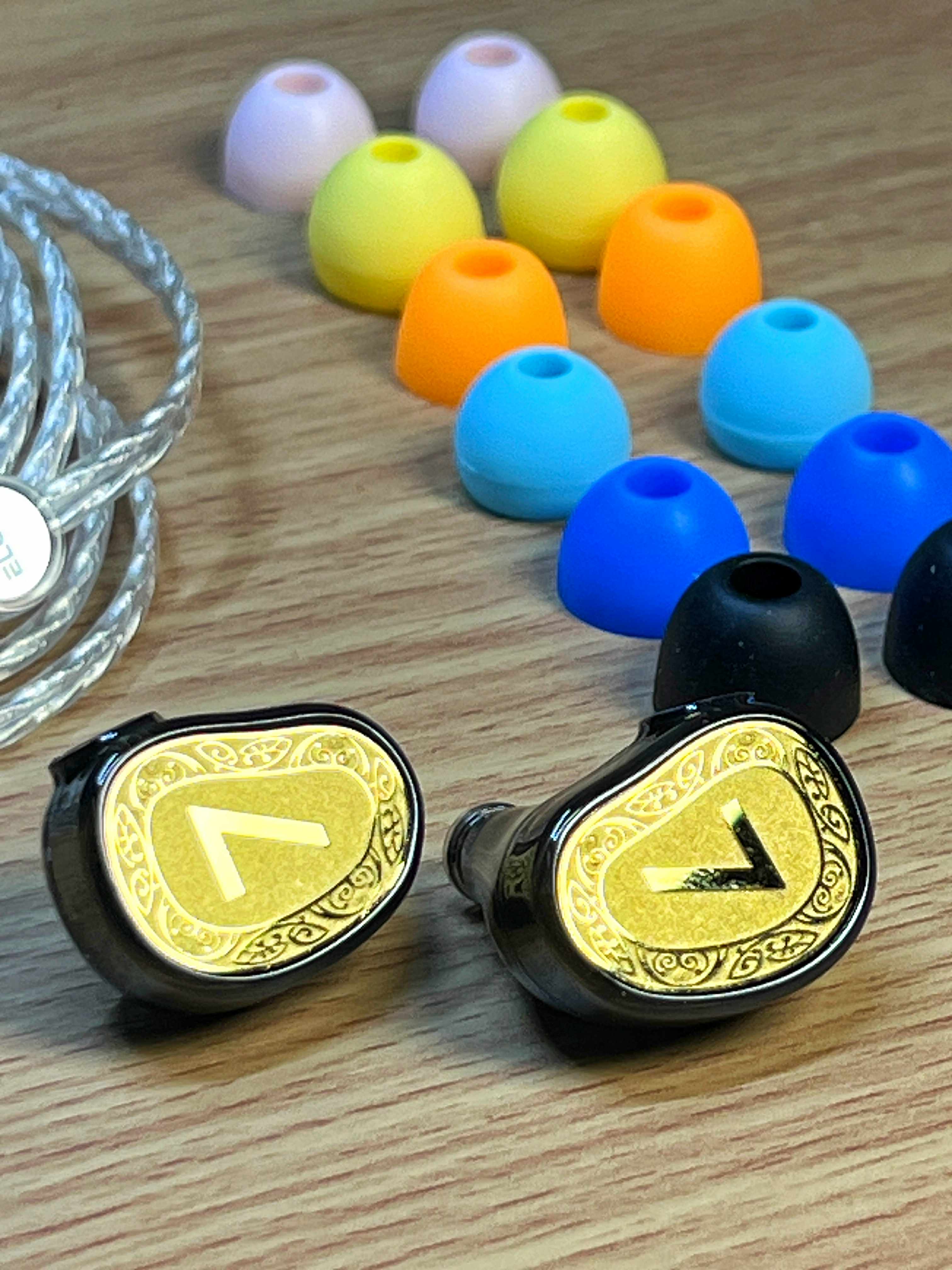
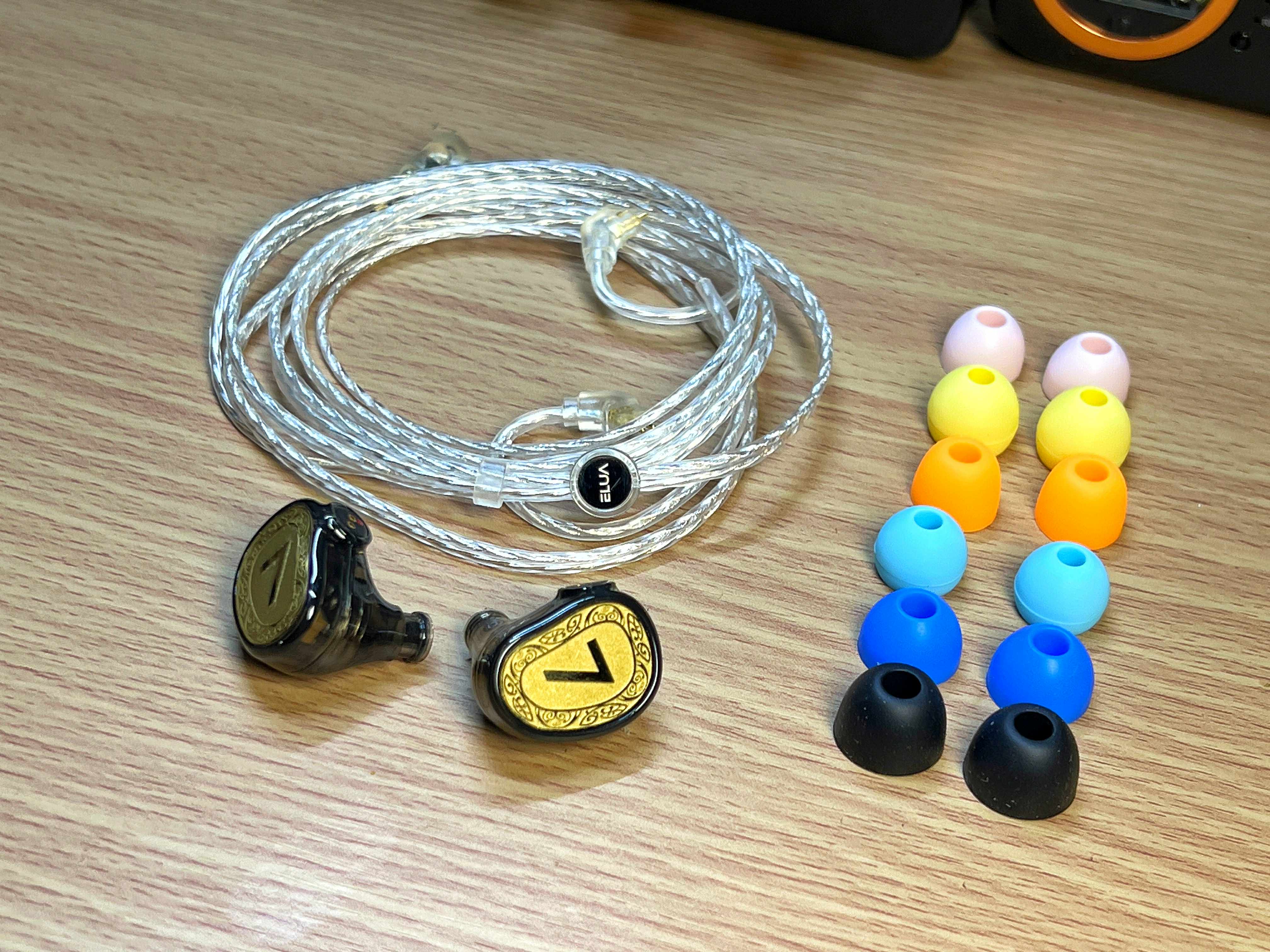
Build & Accessories
No surprises here, build quality is basically identical to the HBB Elua. Same shell shape, same weight, same packaging and accessories. It’s comfortable, lightweight, and built solidly enough to survive daily use. Nothing fancy, but also nothing to complain about.
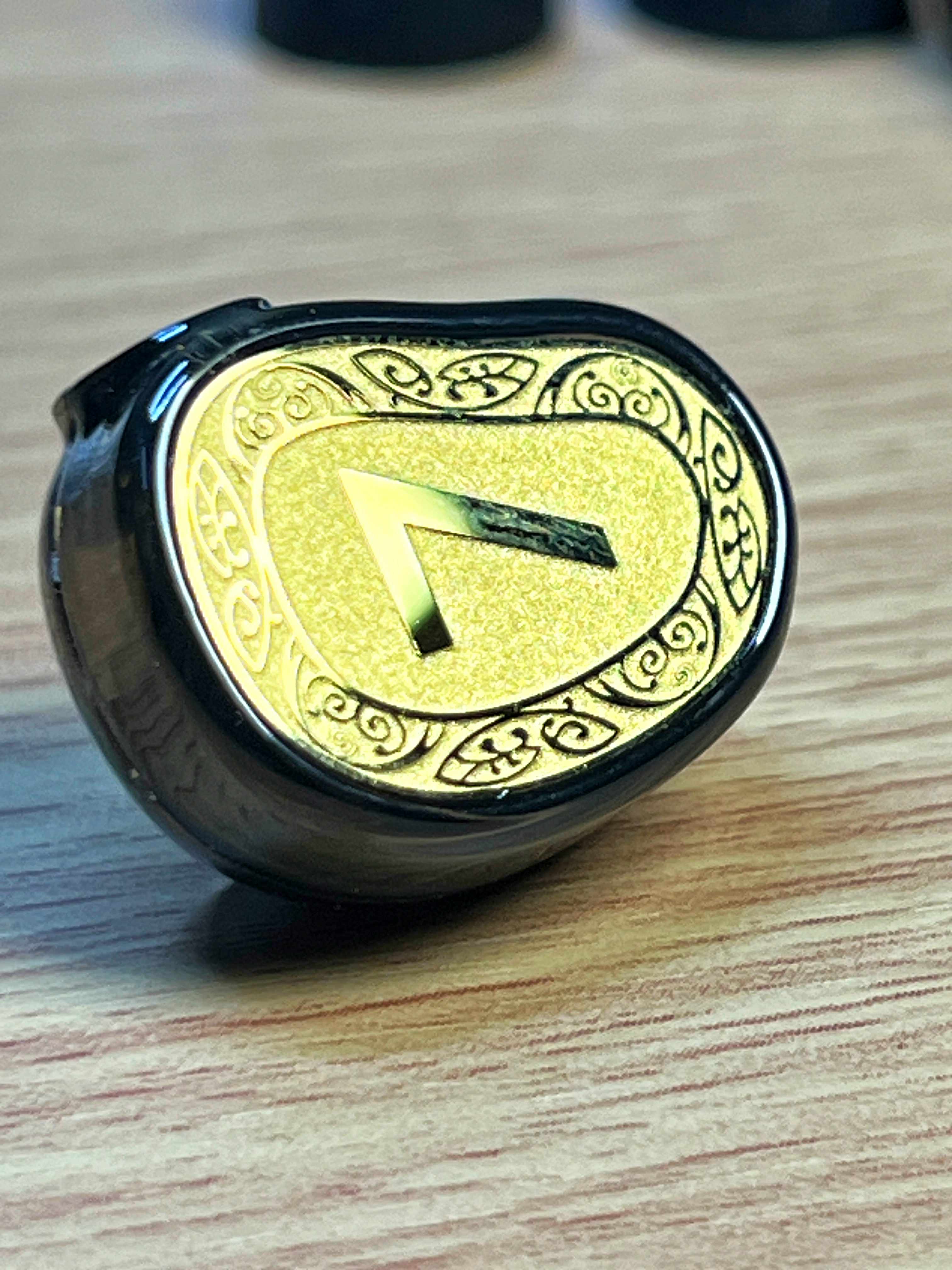
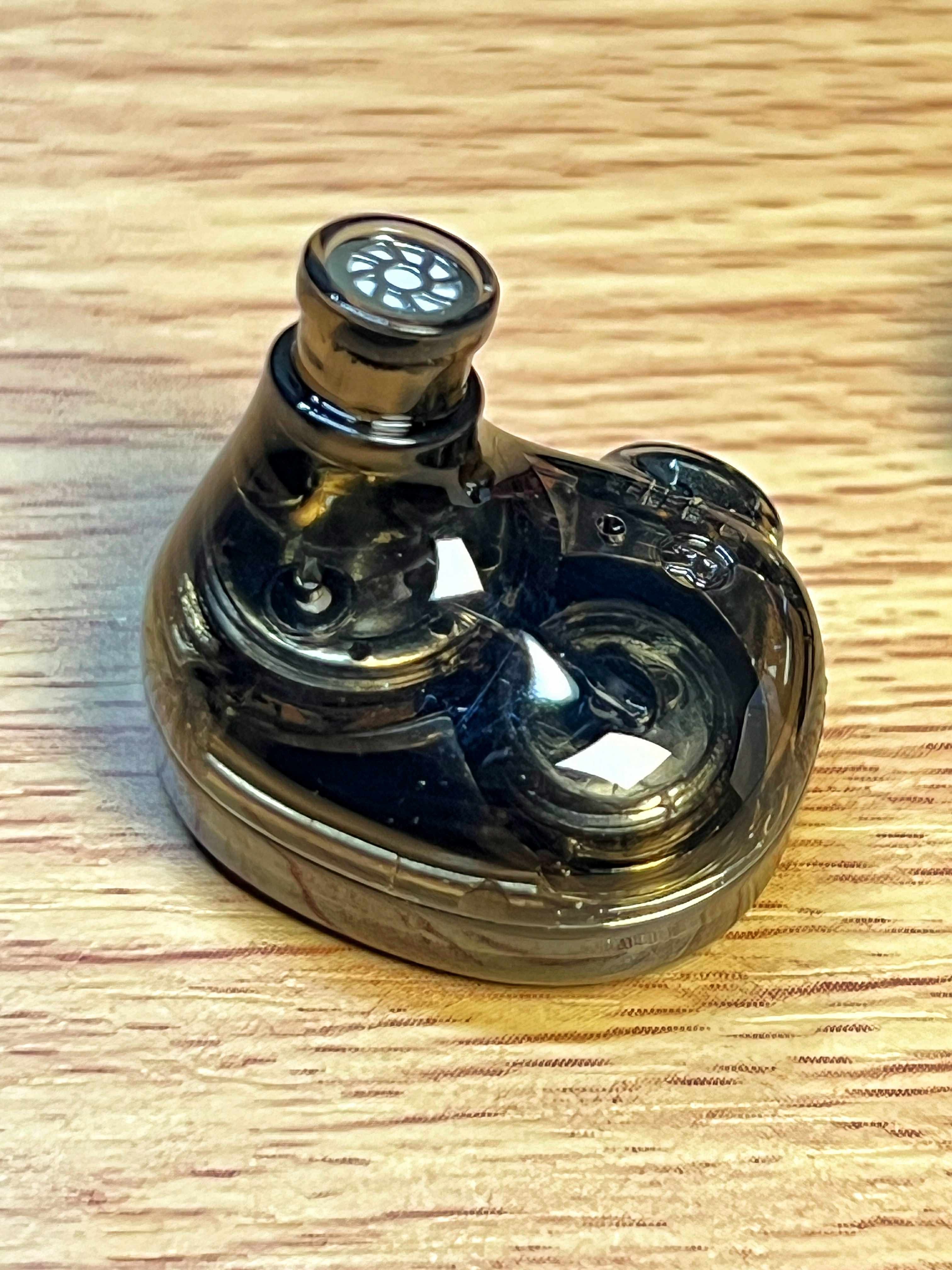
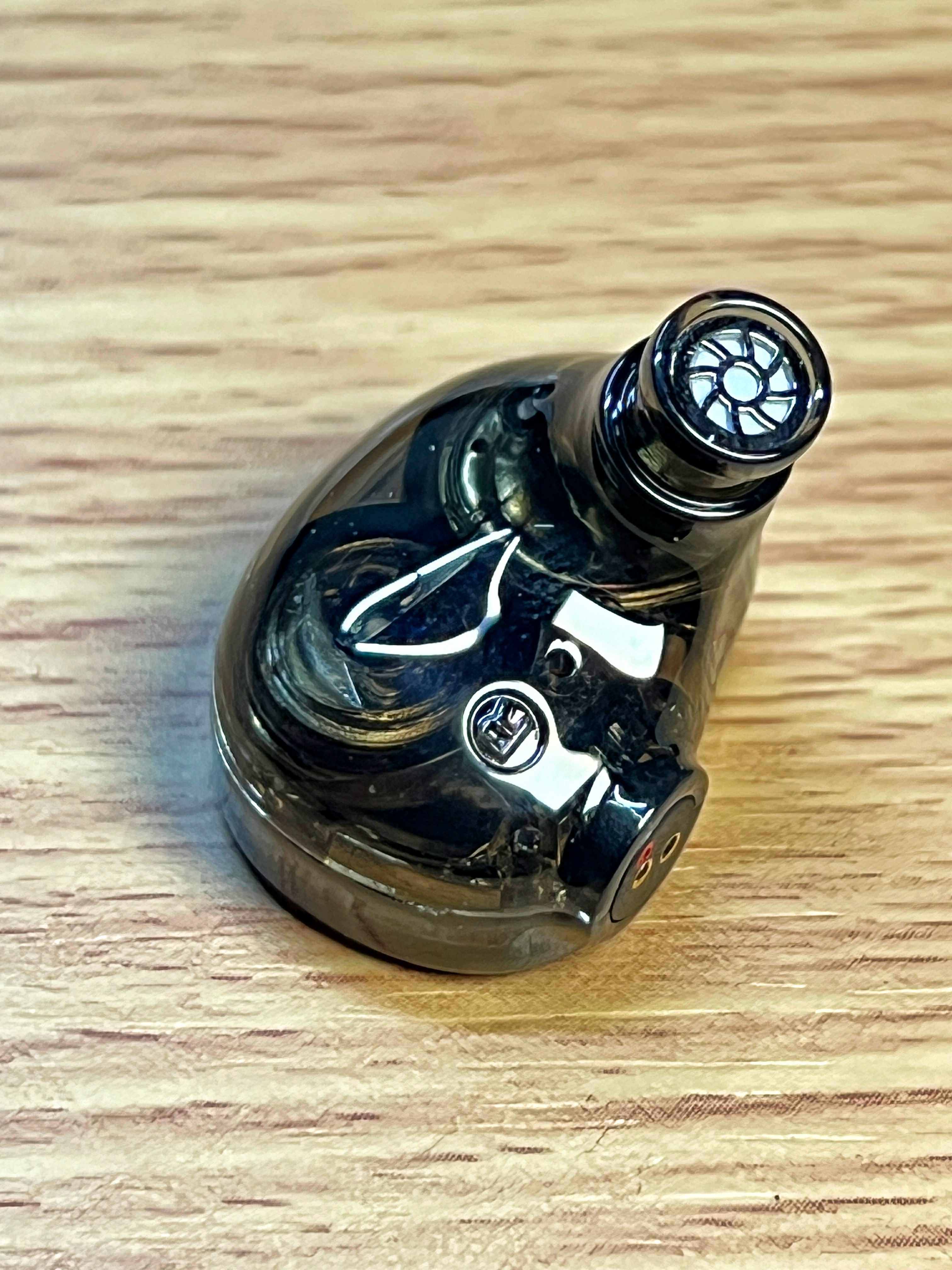
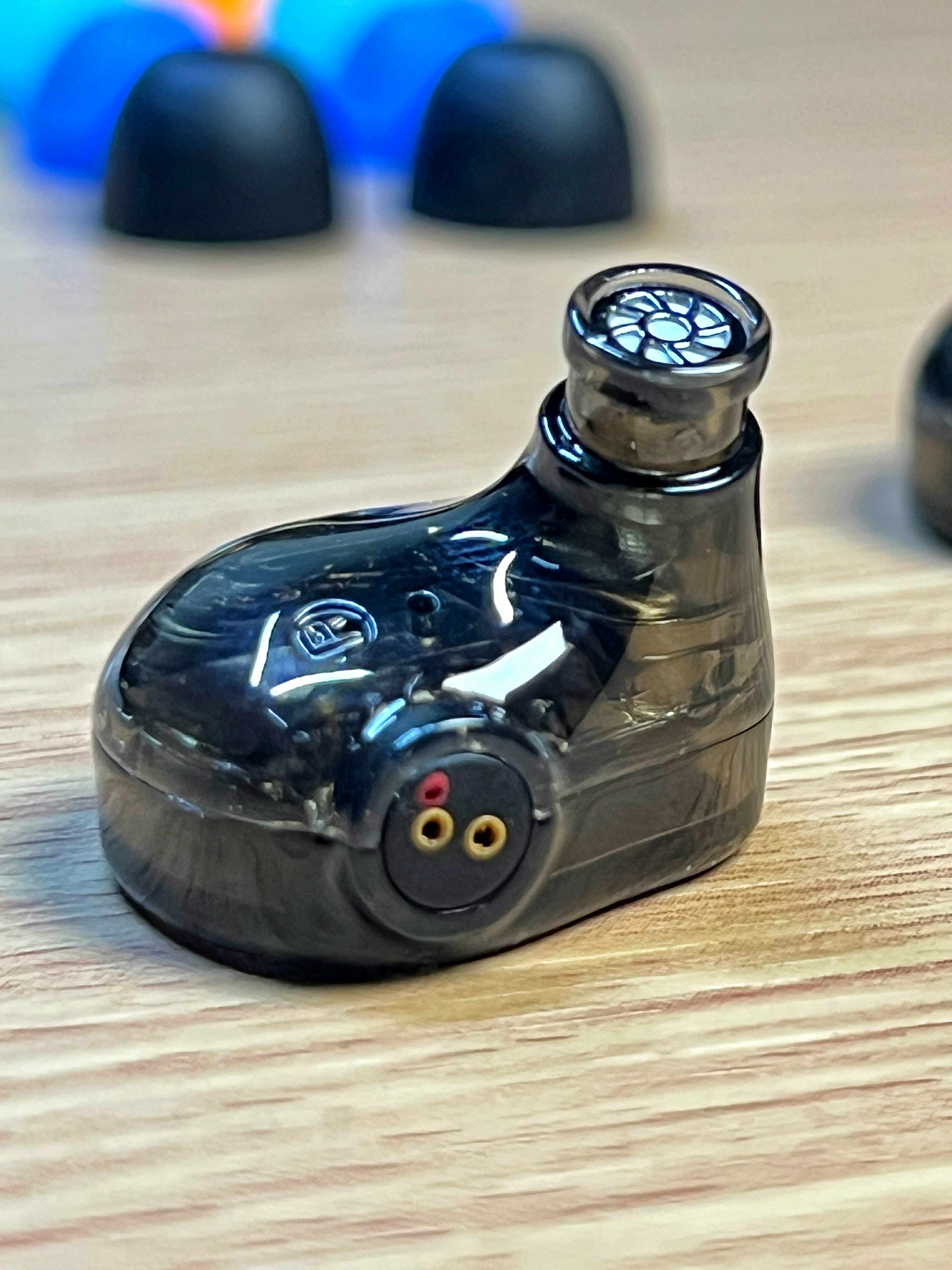
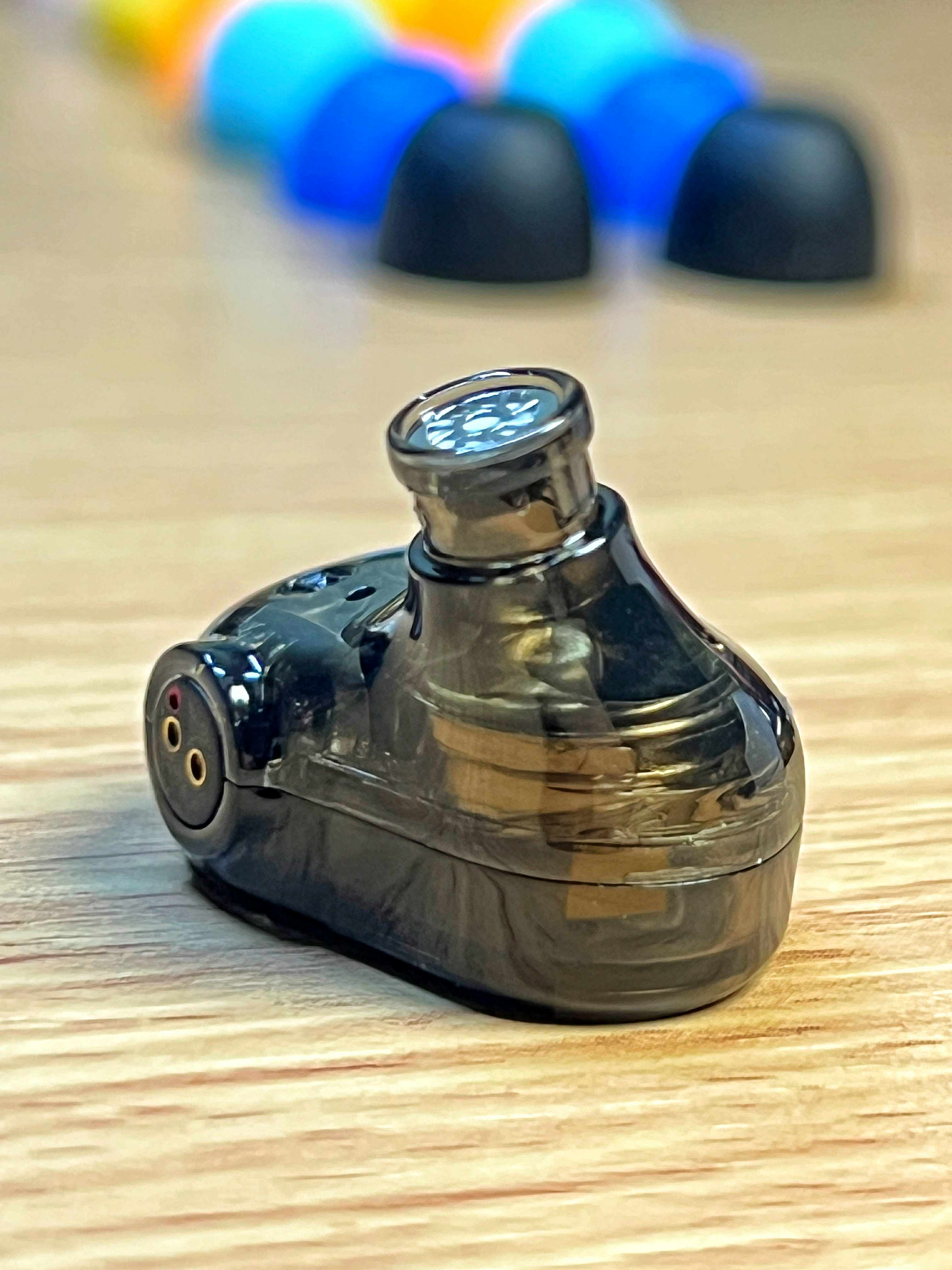
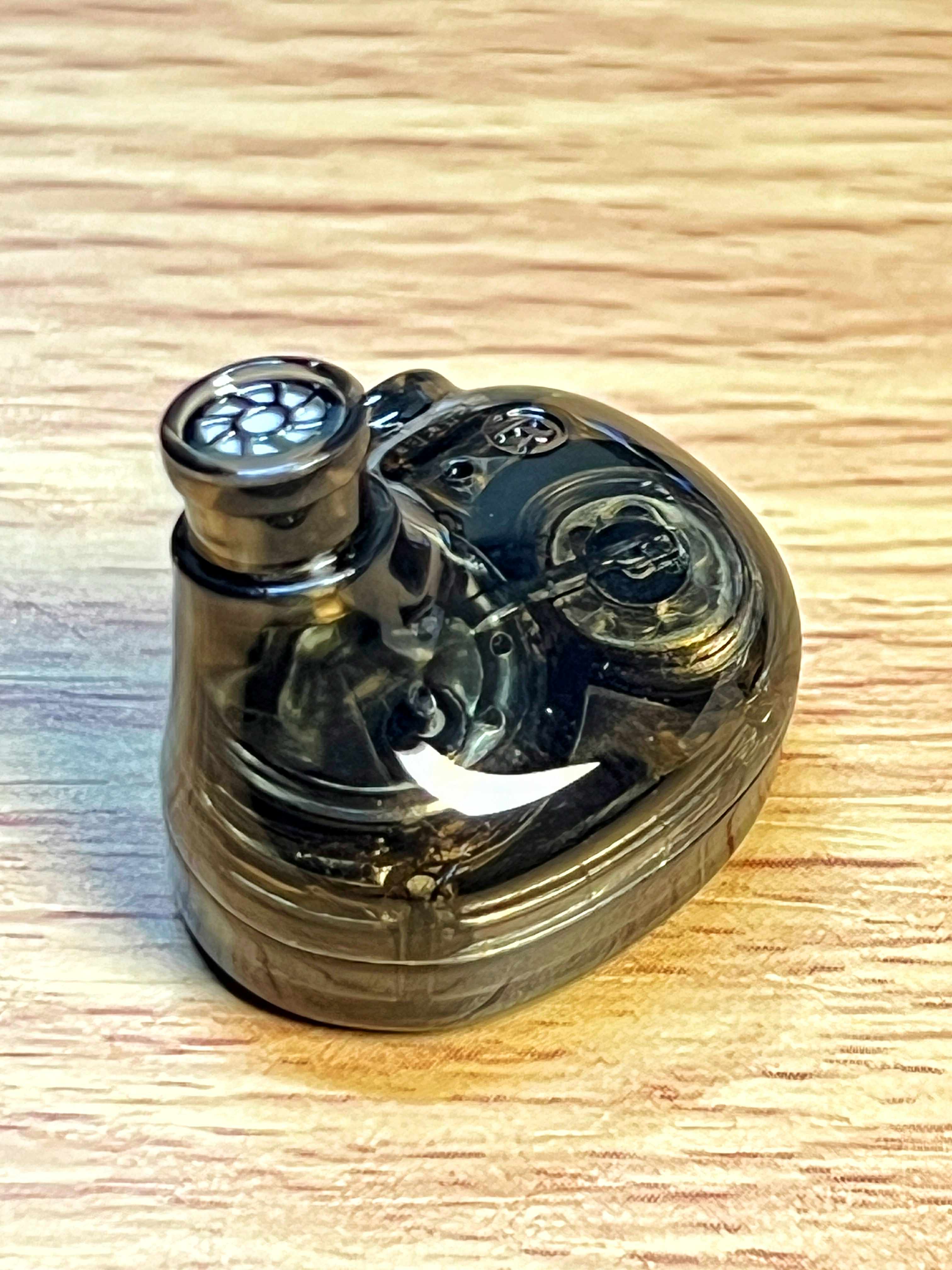
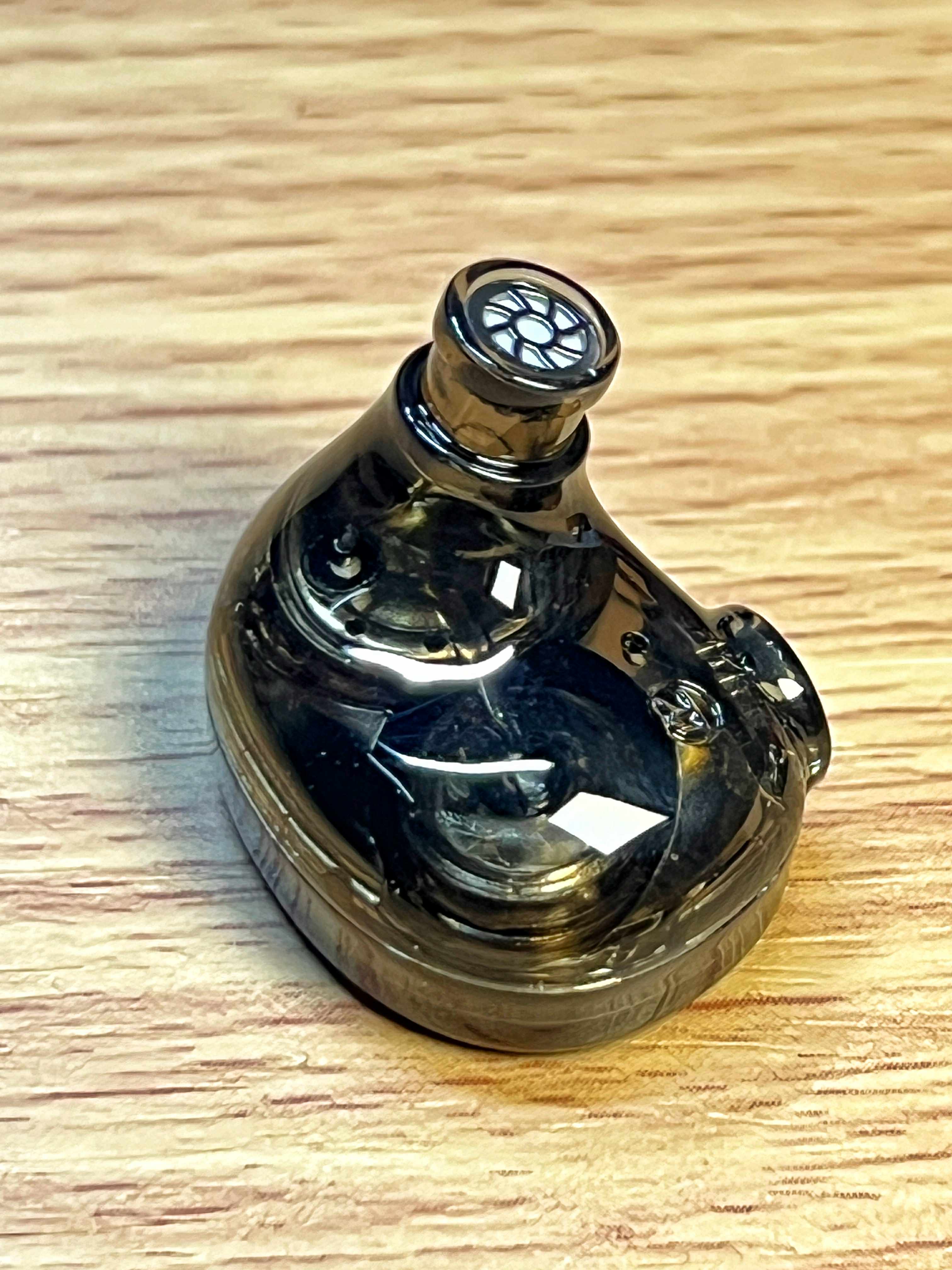
Sound Impressions
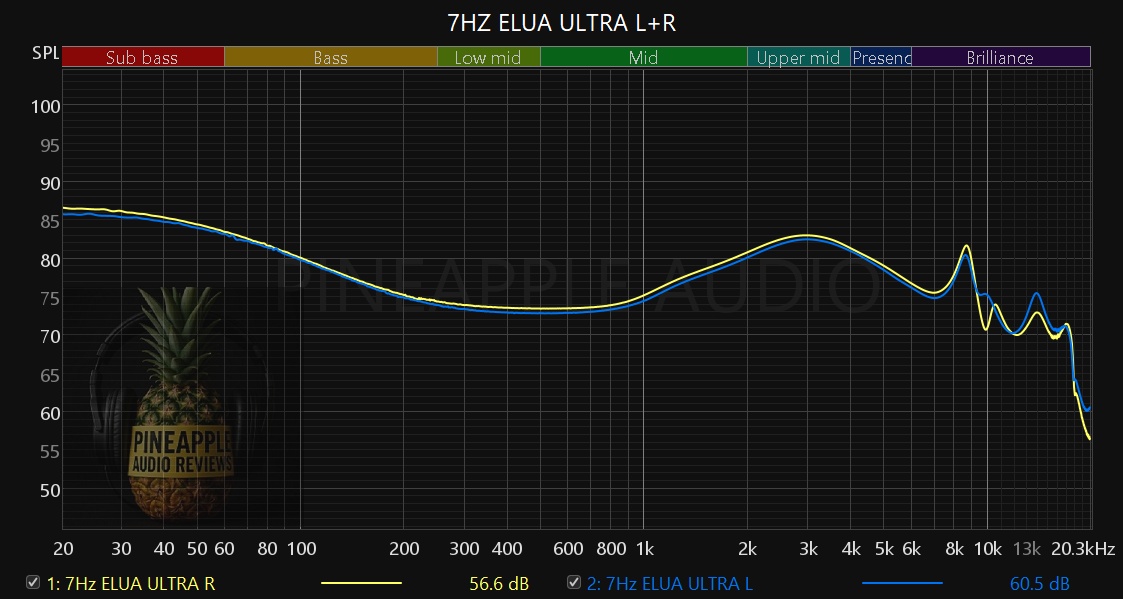
Bass
Both the OG Elua and the Ultra carry that unmistakable dual-DD rumble and slam, but they deliver it with slightly different personalities. The OG is the heavier hitter its subbass digs deep and its midbass lands with a satisfying thump that you really feel in your chest. It’s bold, cinematic, and a bit raw, which is why it works so well for action movies and gaming explosions.
The Ultra, on the other hand, feels like it grew up a little. The bass is still very much present, but it’s more controlled, tighter around the edges, and less overwhelming. You don’t lose the fun factor the rumble and punch are still there but it’s presented in a cleaner, more polished way that lets the rest of the frequency range breathe.
The midbass remains punchy and warm, giving kicks and basslines good body, but instead of muddying the mix, that little touch of bleed into the lower mids actually adds richness. Male vocals gain weight, instruments like guitars and pianos carry more body, and the overall presentation feels lush without turning bloated.
So if the OG is all about raw bass power, the Ultra leans toward bass balance and refinement. It still delivers the low-end energy you expect from a dual dynamic driver setup, but in a way that feels more versatile for music while keeping enough grunt to stay fun for movies and games.
Midrange
The midrange is really where the Ultra carves out its own identity compared to the OG. On the original Elua, the mids had a noticeable dip that sometimes left vocals and instruments a bit recessed, especially when the bass took center stage. The Ultra flips that around. Here, the mids are more forward, balanced, and engaging, giving the overall presentation a stronger sense of presence and connection.
Vocals benefit the most from this change. Male vocals come through with satisfying weight and body, thanks to the warmth carried over from the midbass. They sound full without being overly thick. Female vocals on the other hand have more lift and shine, carried by the energy in the upper mids, which helps them cut through the mix naturally without sounding sharp or peaky. Whether it’s a soulful ballad or a bright pop track, voices feel closer and more lifelike compared to the OG.
Instruments get the same treatment. Guitars ring with texture and bite, pianos sound round and resonant, and strings capture both their warmth and their sparkle. There’s a noticeable balance of detail and lushness here—the mids don’t tilt overly analytical, but they’re not smoothed out to the point of sounding veiled either. It’s that middle ground where you can enjoy the richness of the tone while still hearing the nuances in a performance.
The upper mids in particular are well-judged. They bring enough energy to keep the sound lively and engaging, yet they stop short of harshness or shoutiness. That balance makes the Ultra versatile across genres, you can go from acoustic tracks to electronic, or from podcasts to movie dialogue, and the mids will consistently deliver clarity, warmth, and natural timbre.
In short, where the OG Elua leaned more toward fun but recessed mids, the Ultra pushes the midrange forward with a smoother, more musical presentation that feels right at home for music listening while still excelling in gaming and movies.
Treble
The treble on the Ultra goes for smoothness and refinement, but it doesn’t cross into being dull or muted. It strikes that middle ground where it’s relaxed enough for long listening sessions yet still carries enough sparkle to keep things lively. Compared to the OG, there’s just a little more air and openness, which helps instruments breathe and adds a sense of space around vocals and effects.
Cymbals have a gentle shimmer rather than a sharp crash, and hi-hats come across crisp without ever sounding spitty or piercing. There’s a natural ease in the way treble details are delivered, fast enough to keep up with complex passages, but never overbearing. That extra bit of energy up top also improves the sense of separation, so instruments and layers in the mix feel less congested, with a touch more clarity between them.
Extension is solid; it doesn’t quite reach the endless sparkle of brighter IEMs, but it goes far enough to keep the sound airy and natural. Decay feels realistic, and transients land with clean attack and definition, giving percussive details like snare hits or acoustic plucks a believable snap.
What makes the Ultra’s treble work so well is its restraint. It isn’t trying to wow you with brightness or exaggerated detail. Instead, it takes a polished, easygoing approach that makes it versatile across different genres and media. Whether you’re listening to music, gaming, or watching movies, the treble adds just enough energy to keep things engaging, while staying fatigue-free even during hours-long sessions.
If the OG leaned safer, the Ultra feels more spacious, more open, and more balanced. It won’t satisfy someone who lives for treble fireworks, but for most listeners, it nails that sweet spot between smoothness and sparkle.
Soundstage & Imaging
The soundstage on the Ultra hasn’t really changed much from the OG it’s still wider than it is deep, which works well for the type of listening these IEMs are best at. You get a nice sense of spread left to right, but don’t expect a holographic, three-dimensional sphere of sound. It’s more like sitting in a mid-sized venue where the music or effects are stretched out in front of you rather than wrapping fully around.
Where the Ultra does pull ahead is in imaging and separation. Thanks to that extra bit of air and treble energy, it’s easier to place sounds in the mix. Instruments have clearer positioning, and there’s less blending between layers, which makes busy tracks easier to follow. This also translates directly into gaming and movies—footsteps, dialogue, and directional effects are easier to pick out, and explosions or ambient sounds feel like they occupy their own space rather than smearing together.
For music, this improvement gives recordings a touch more openness and clarity, letting vocals and instruments stand apart instead of crowding each other. It’s not an enormous leap from the OG, but it’s enough to make the Ultra feel more organized and spacious overall.
In short, the stage is about the same size as before, but the imaging is sharper and the layering is cleaner.
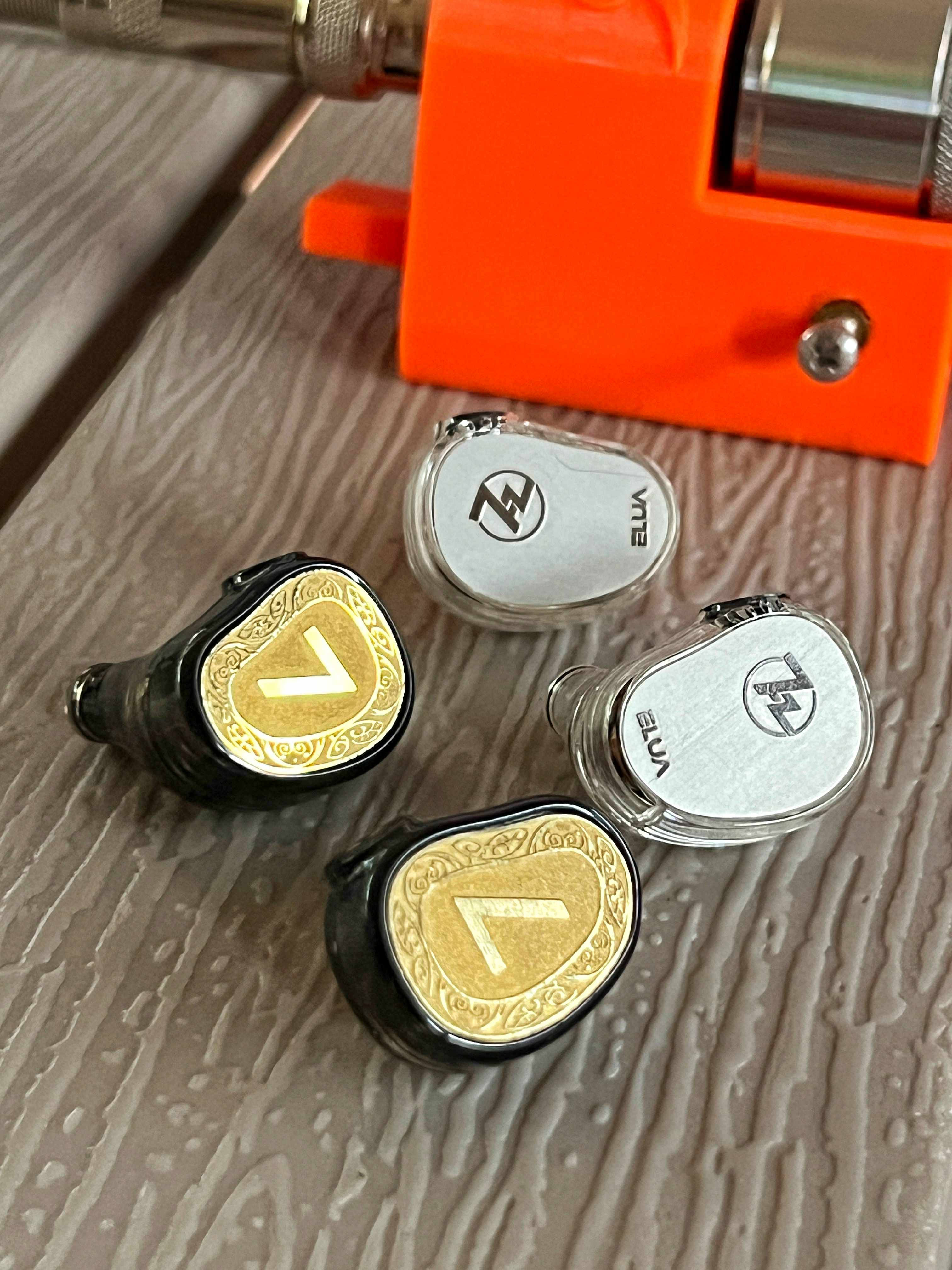
7hz Elua Ultra vs. 7hz x hbb Elua
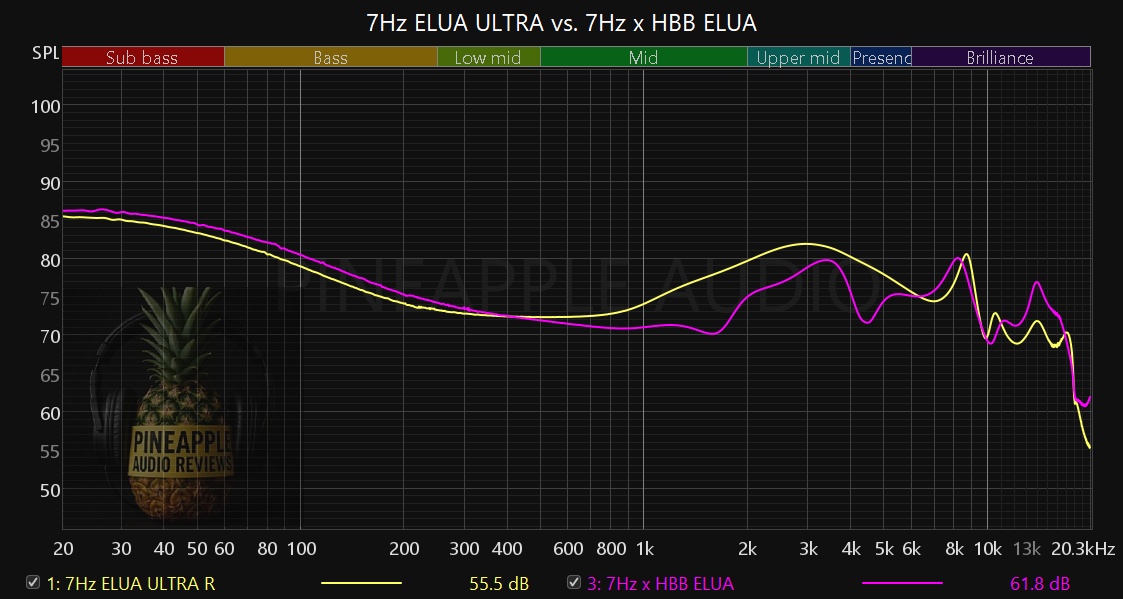
Music vs Gaming/Movies
Here’s the biggest difference between the two:
OG Elua – Feels tuned with gaming and movies in mind first, music second. Big bass impact, fun presentation, great for immersion.
Elua Ultra – Feels tuned for music first but still excellent for gaming and movies. It keeps the rumble and slam but cleans up the mids and treble, giving a more refined, all-rounder sound.
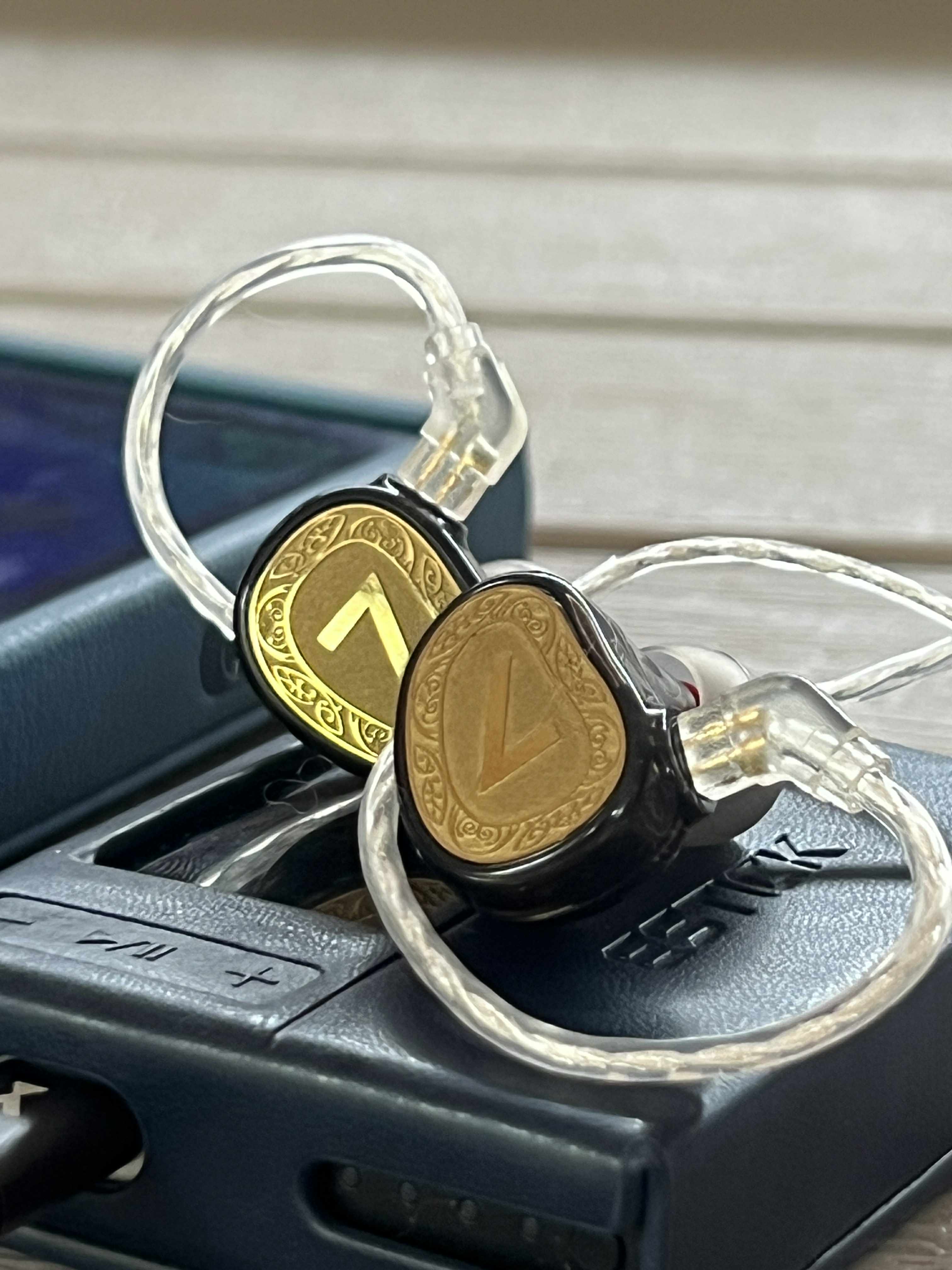
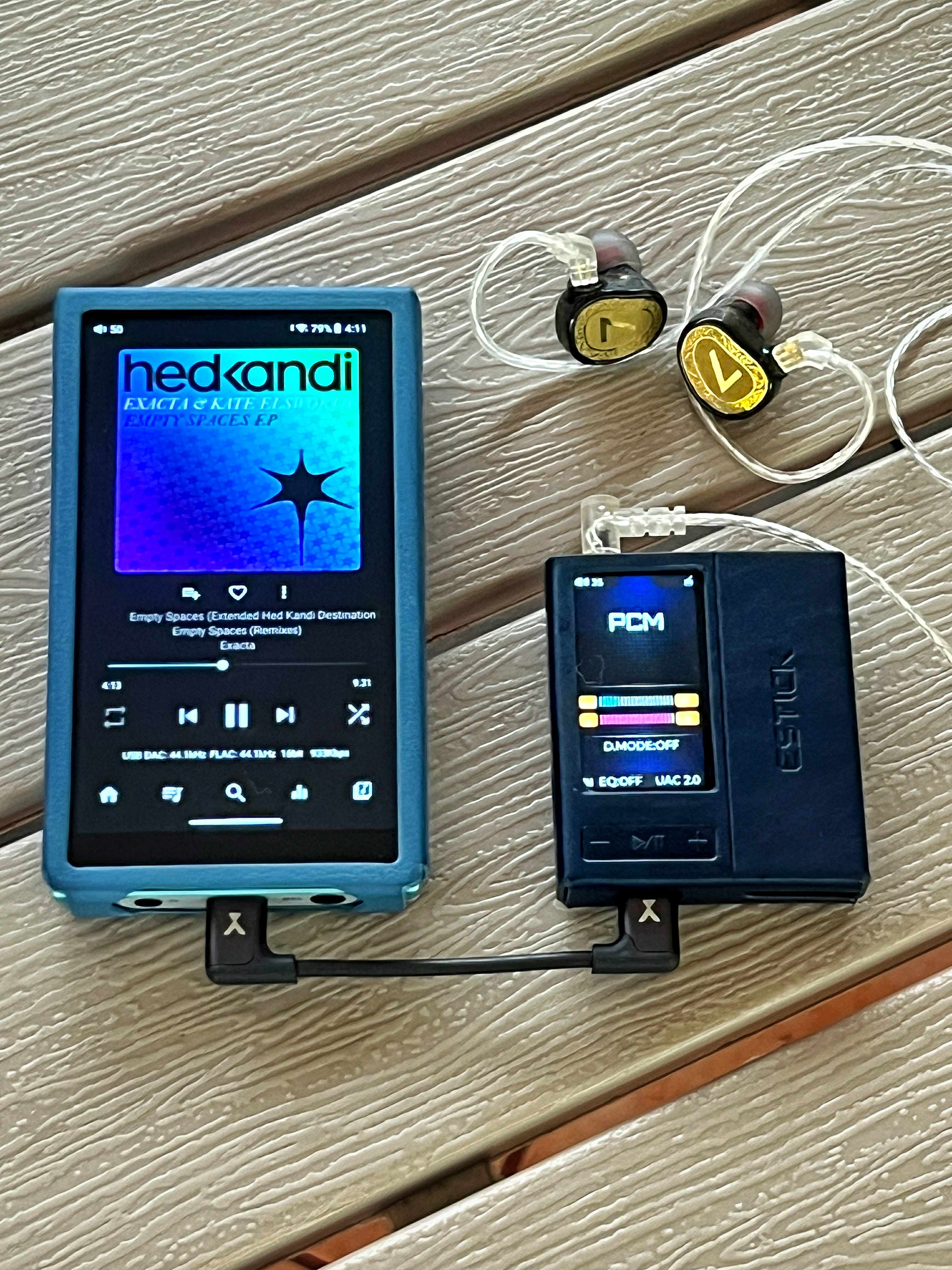
Final Thoughts
The 7Hz Elua Ultra feels less like a radical redesign and more like a thoughtful refinement of what made the OG Elua so enjoyable. It doesn’t abandon that fun, dual-DD character it just polishes it, shifts the priorities a little, and makes the whole package more versatile.
Where the OG Elua felt tuned with gaming and movies front and center big bass impact, cinematic weight, and an almost “theater seat” kind of sound the Ultra brings music into the spotlight. The bass is still satisfying, but tighter and more controlled. The mids finally step forward, giving vocals and instruments the presence they deserved. The treble stays smooth and non-fatiguing but now has just enough extra air to open up the stage and improve separation.
That doesn’t mean the Ultra sacrifices its strengths in gaming or movies. Explosions still have weight, footsteps and dialogue are still easy to pick out, and the soundstage still spreads wide enough to feel immersive. The difference is that when you unplug from your console or headset and switch over to music, the Ultra feels like the more well-rounded choice.
So if I had to sum it up: the OG Elua is fun-first, bass-heavy, and built for cinematic immersion. The Ultra is its more refined sibling musical, balanced, and versatile, while still keeping the excitement that made the original stand out.
If you already own the OG, the Ultra isn’t a must-buy unless you really want that extra midrange presence and smoother balance. But if you’re coming in fresh, the Ultra is the one I’d recommend it’s simply the more mature, well-rounded version of the concept, and it does a better job covering all the bases.
Link: https://www.linsoul.com/products/7hz-elua-ultra?srsltid=AfmBOoqc1vr115s8TZgqUVnUw6uM6GG--rtlNZLdM0WcG14vIPUNb2es
- Get link
- X
- Other Apps
- Get link
- X
- Other Apps
Comments
Post a Comment